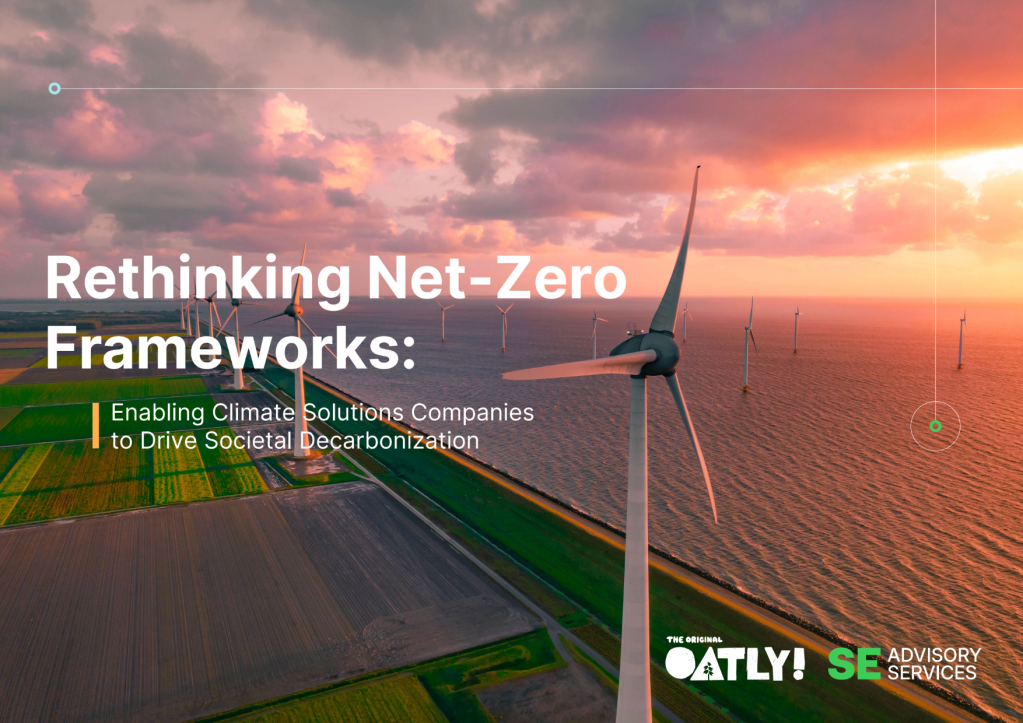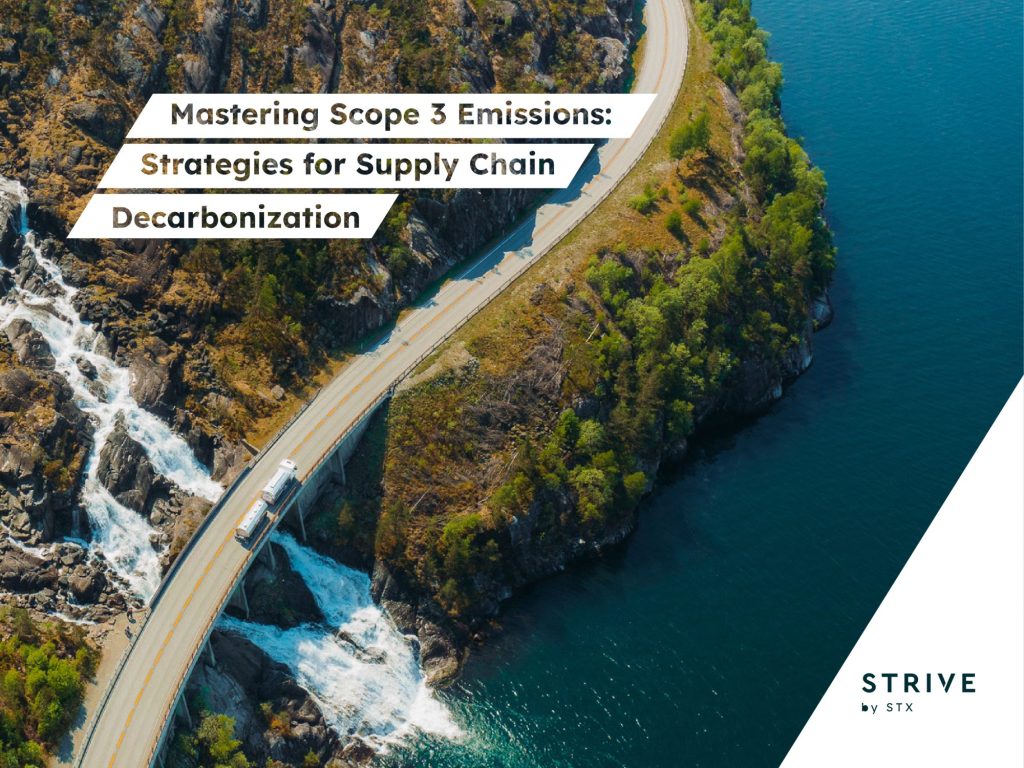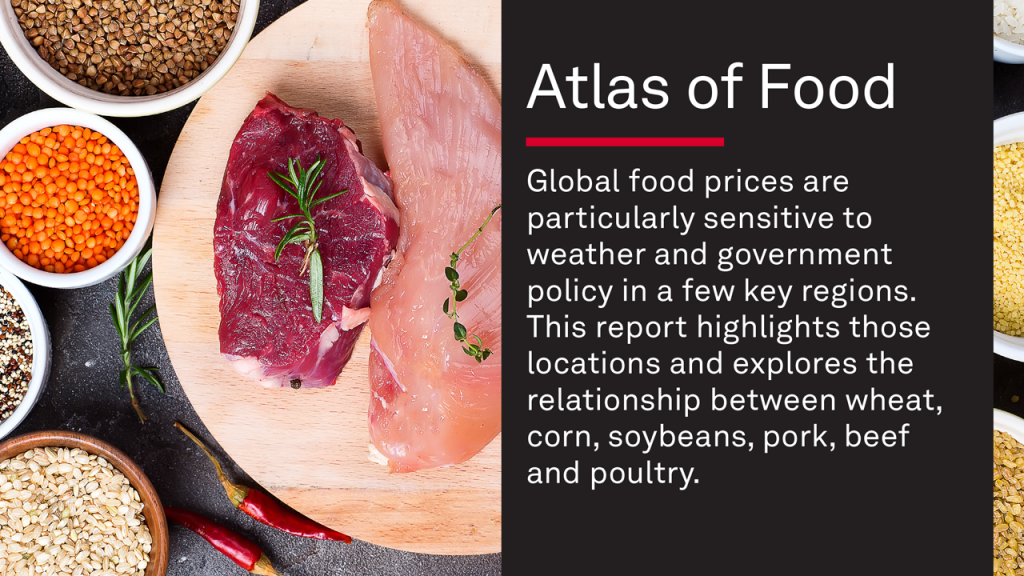Fast fashion confronts a reckoning on sustainability under Trump tariffs
New tariffs and the potential end of a duty-free loophole bring new challenges to fashion brands, resellers and manufacturers. Read More

Shein’s glittery $9 minidresses and $5 blouses could cost a few more dollars soon, after Donald Trump’s White House enacted new tariffs Feb. 4. The president also moved to close a duty-free loophole on imports from China, purportedly to block contraband, such as fentanyl — only to pause that with a new executive order Feb. 7.
Brands and shoppers are bracing for some of the cheapest clothes on the planet to get more expensive, stressing mass-fashion business models. The new levies of 10 percent come on top of tariffs of 25 percent that Trump’s first administration enacted on Chinese imports, and which President Joe Biden kept.
For sustainability, the possibly more significant shift is that at some point, shipments worth $800 or less may no longer glide duty-free into the country. Trump is expected to close the so-called de minimis loophole that has benefited both the stratospheric growth of companies such as Shein as well as the “haul” culture of social media influencers who glorify their style “steals” of the week. The change, although anticipated for months, arrived with chaos as the U.S. Postal Service for half a day blocked incoming packages from China and Hong Kong. Trump’s change of heart several days later appears to be an attempt to give the Commerce Department more time to prepare.
The trade war brings mixed impacts for the apparel industry’s efforts to reduce textile waste, which grew by 50 percent from 2000 and 2018, according to the U.S. Environmental Protection Agency.
A boon for slow fashion?
“The U.S. tariffs on Chinese imports could be a blessing in disguise for sustainable fashion brands,” said Rodica Murphy, a sustainability consultant in Cheshire, England. “Fast fashion behemoths like Shein and Temu, who churn out ultra-cheap, disposable clothing at breakneck speed, now face higher costs. And let’s be honest — it’s about time.”
Fashion production will triple by 2050, the Ellen MacArthur Foundation projected in 2017. Meanwhile, more than 40 percent of Generation Z purchases from Shein or Temu each month, according to eMarketer.
- Shein, founded in 2008, pollutes more than its peer companies. Its carbon emissions almost doubled in 2023.
- The company leans on artificial intelligence to add 10,000 new listings on its website every day. Shein sends nearly 1 million packages a day into the U.S., with average orders under $100.
- Duty-free, small shipments from China skyrocketed by 1,145 percent between 2018 to 2023, according to the Congressional Research Service.
- And in 2022, 83 percent of all imports from China fell under the de minimis exemption. That was roughly 1 billion packages in 2023.
Rachel Van Metre Kibbe, the CEO of American Circular Textiles (ACT) of Brooklyn, expressed optimism about Washington’s new policy. “If tariffs make new clothes pricier, people will lean even harder into resale, rental and repair,” she said. “That’s already happening, but this could pour fuel on the fire.”
Secondhand retailer ThredUp of Oakland, California, had opposed de minimis for helping to get “people hooked on the drug of fast fashion,” according to the company’s Chief Strategy Officer and General Counsel Alon Rotem. “We’re trying to level the playing field between fast fashion and slow fashion” and keep clothes out of landfill, he said.
The company held some hope that tariffs will drive more shoppers to resale, he said. However, there’s a catch. “Inflation and tariffs make things more expensive for consumers, and that hurts American consumers,” Rotem said. Therefore, even if resale offers a comparative advantage over new, reduced purchasing power may lead people to buy less of everything, including secondhand fashion.
Or a boondoggle?
The trade policy, although a “fine step,” won’t kick consumers’ addiction to low-cost, polluting polyester clothes, according to Ken Pucker, a former Timberland executive who teaches business at Dartmouth College and Tufts University. “Even with the addition of a few dollars of duty to a Shein dress, it will still cost less than half many competitors’ garments,” he said.
There’s also the possibility that fast fashion giants will tweak their operations and absorb costs to keep clothes cheap and retain customers, experts note.
The end of de minimis could actually exacerbate waste, according to Parsons School of Design Professor Margaret Bishop. Your $50 shipment of heart-studded Valentine’s Day party outfits? It’s stuck at U.S. Customs and Border Protection for inspection.
“Clothing is a perishable commodity,” she said. “It doesn’t rot the way avocados and flowers and mangoes do, but it ages out very, very quickly. As soon as the next hot celebrity is seen wearing a different color or a different style, all of a sudden that previous piece of clothing nobody wants it anymore. … Then consumers go ahead and return it.” Higher prices also make it more likely for people to return an outfit they bought after a night out, Bishop added.
Plus, sustainability-focused brands with suppliers from China may suffer more than those that treat clothes like produce, according to Bishop. “Many of them have higher costs to start with, and higher consumer prices, and consumers want more sustainable products, but they generally don’t want it at a higher price,” Bishop said.
Domestic dreams
The exception? A small niche brand with U.S. supply chains would escape the impacts of tariffs, “as long as they’re not bringing in raw materials, as long as everything — the fiber all the way through to the finished product — is being produced domestically.” However, these companies are small and almost mythically rare.
Pucker agreed. “Made in the U.S. fashion suffers from much more than a cost differential,” he said. “Capability, suppliers and talent are in short supply as compared to what exists in Asia.”
Many brands, including Levi Strauss & Co., Adidas and Nike, have diversified their supply chains beyond China in recent years. Reasons include earlier tariffs, COVID-19 pandemic disruptions, and a 2021 law blocking imports of goods made by Uyghur minorities whom China forced into labor in its Xinjiang region.
Giant companies did not seek suppliers in the U.S., where cotton mills birthed industrial apparel in the 1790s. That’s because, from the commodities to the fibers, fabrics and final garments, since the 1980s the clothing industry has almost entirely unraveled. This trade policy will do little for the systemic, long-term effort required to revive it, experts agree.
The price gap exists between cheap clothes from abroad because fast fashion prioritizes low costs while disregarding the true social and environmental costs of its operations, according to Eric Henry, president of TS Designs. The North Carolina T-shirt maker is advancing a vision to build up domestic supply chains.
However, movement shows promise in the U.S. to grow circular, domestic supply chains that glean value from waste. Resellers are seizing this opportunity. “If you think about ThredUp’s supply chain, all of the clothes we sell come from the closets of Americans,” Rotem said.
Others, such as Goodwill with startup Reju, are trying to build up regional networks to recycle garments too worn or torn to sell.
Policy possibilities
To respond to the “stick” of tariffs, fashion’s sustainability professionals should pressure Washington for policy “carrots” that can help grow jobs and reduce pollution, according to Kibbe of ACT, part of the Circular Services Group advisory firm.
“Reuse, repair, recycling, and less virgin fiber use means less energy and water wasted,” she said. “If the U.S. is serious about energy resilience and independence—which this administration has indicated is a top priority — we need to make the case that circularity and regional production have to be part of the equation … Investment in regional systems requires upfront, long-term, low-interest capital.”
It’s worth watching the administration’s pause on tariffs on Mexico and Canada, Kibbe added. “Does it signal openness to better regional trade agreements, like the Americas Act?” That bill calls for $14 billion to spur a circular economy for apparel in the U.S. ACT and ThredUp are among scores of organizations lobbying for it. Meanwhile, brands are adapting to a new law in California that forces them to take responsibility for product waste starting in April.
“If tariffs disrupt national supply chains—or even just the fear of them does—there’s a strong case for finally increasing investment in U.S. textile recycling and manufacturing,” Kibbe said. “Imports will always play a role, but we need parallel investment to build real domestic capacity.”

Subscribe to Trellis Briefing
Featured Reports
















